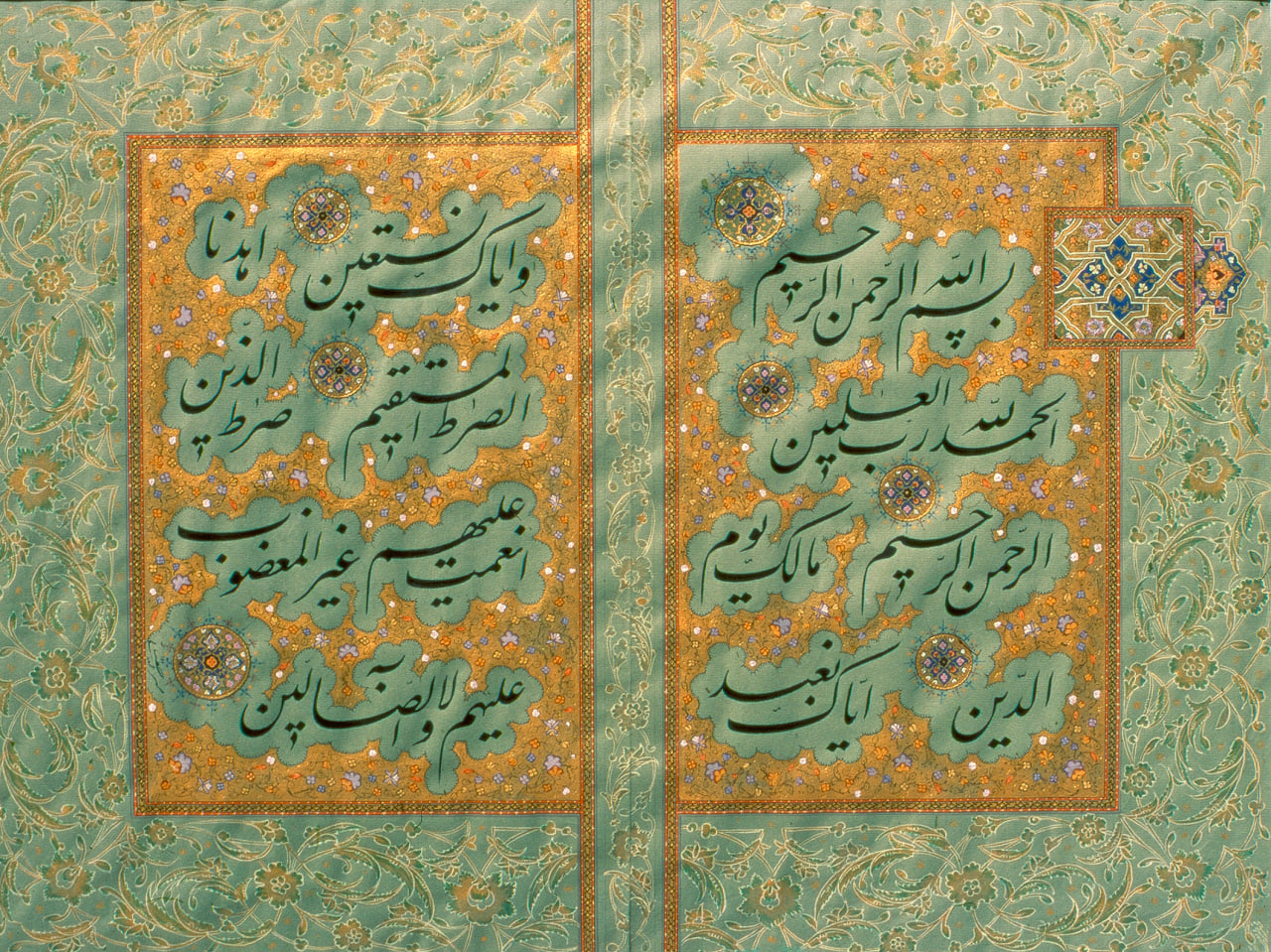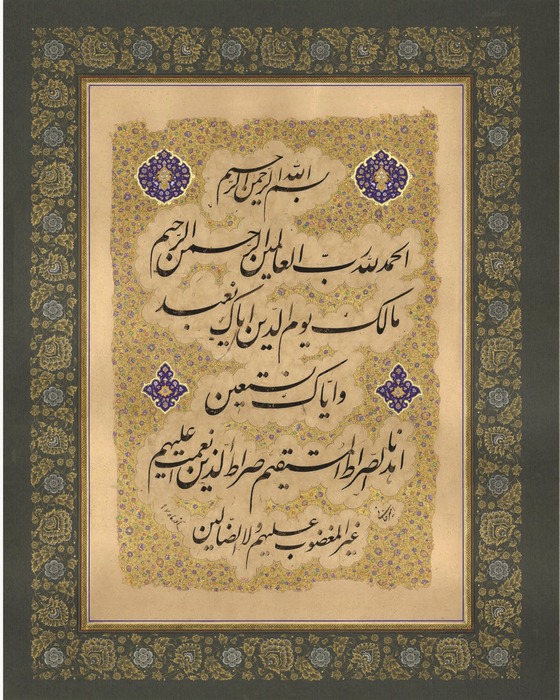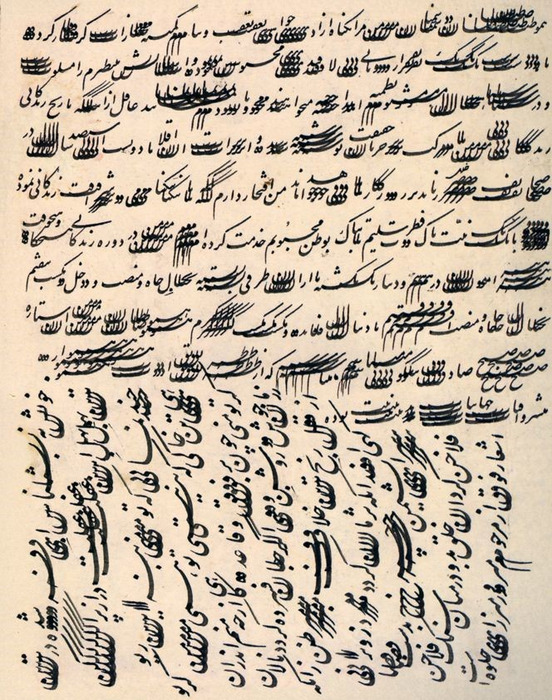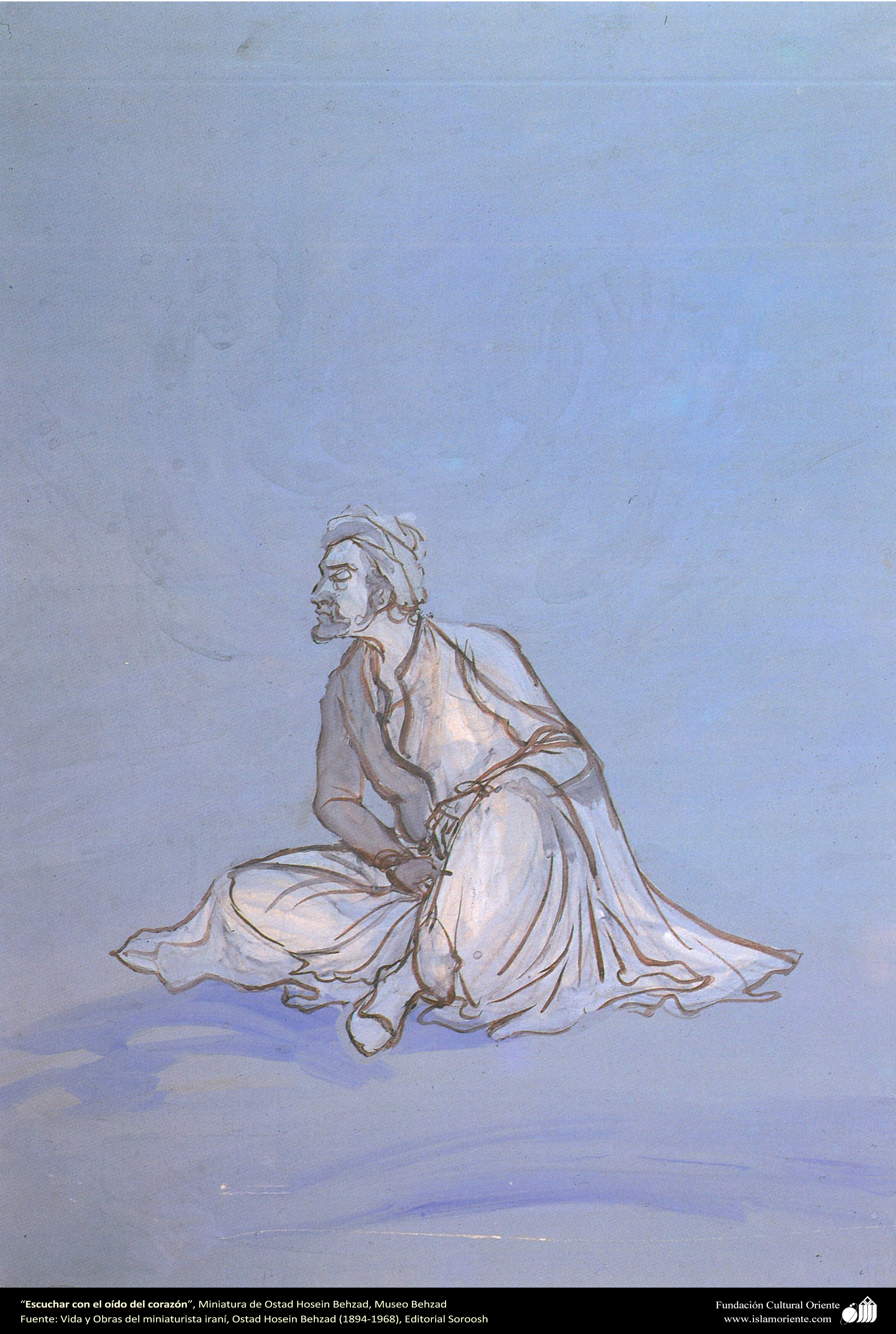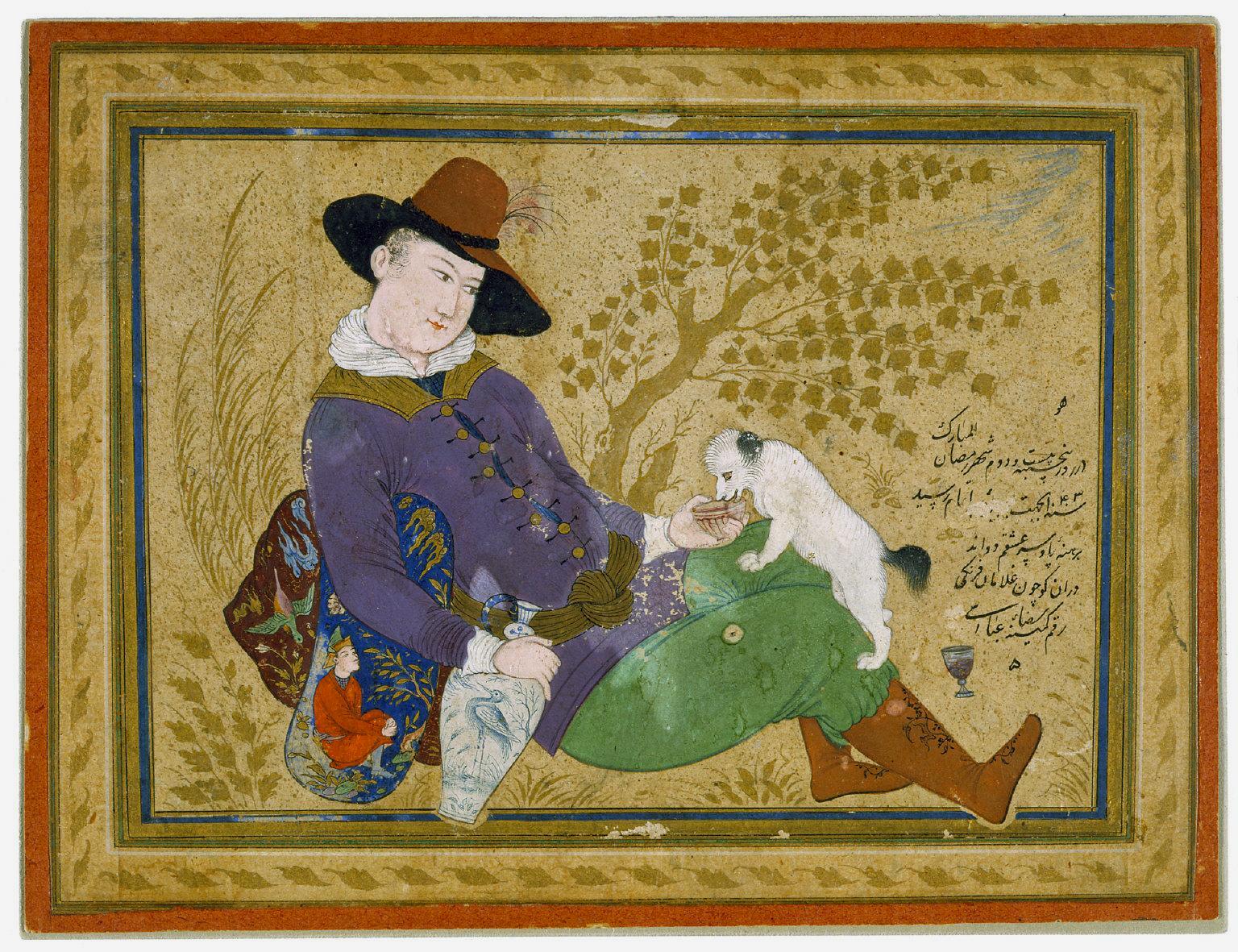
Traditional Persin Design
Traditional Persin Design
Traditional design is considered one of the basic and important principles and concepts of the intangible cultural heritage of every ancient nation. Traditional designing should be considered synonymous with drawing. Design in this sense is based on the line element by deploying which patterns and designs are defined with lines and after that, a stage for shaping or coloring begins. What follows is a description of “Traditional Persian Design” mainly used in different fields of handicrafts.
The Importance of Traditional Design
Depending upon their production method, raw materials, and other characteristics, traditional arts and crafts are classified into different classes. One of these classifications divides traditional arts into two categories: “visual” and “auditory”. The most important part of auditory arts is traditional music, and visual arts include such arts as painting, drawing, and calligraphy, or performing arts such as Naqqli and folk dances. Handicrafts and all its disciplines and subcategories are included in the category of visual arts. Handicrafts include a wide range of raw materials and products including metalworks, woodcarving, textiles, and various tools and implements. The creation of artifacts in the field of handicrafts depends on the design, pattern, and color. In fact, handicrafts are nothing but shaping raw materials and making them functional and beautiful.
Based on their features, design, and pattern, many handicraft products find an independent identity and become distinguishable. Different patterns have been created in different societies and different traditions have been formed around them. Such designs and patterns are derived from the lifestyle, rituals, beliefs, and geography of each community’s place of residence. This is why traditional design should be considered one of the important cultural manifestations of every society. Without traditional design, none of the branches and fields of local handicrafts would be of any importance and they cannot be introduced as the cultural manifestations of ethnic groups and nations. If an earthenware vessel is produced in the traditional way, but the traditional design is not applied to it and there is no engraving on it, we are only dealing with raw materials that have been shaped into a vessel in a process and baked in a furnace to serve a particular purpose. Such a vessel neither has an aesthetic effect nor does it refer the mind of the person who looks at it to certain cultural effects or beliefs. In contrast, the appearance of design and pattern on a soulless clay vessel turns it into an object that reflects the desires, habits, beliefs, and thoughts of the producer.
Traditional Design in the Auditory Arts
Since traditional design is considered one of the disciplines of visual arts, it does not have an important place in such arts as music, which has an abstract form. Of course, the dependence of music on musical instruments can be a link between traditional design and this art, because traditional Iranian motifs and designs are often used to decorate the bodies and surfaces of musical instruments.
Historical Background of Traditional Design
The works left from ancient times show that traditional design has been used consciously since several thousand years ago. In this way, it should be said that traditional Persian design dates back to ancient Iran when calligraphy had not even been invented yet. Based on these traditional designs, it is possible to distinguish between historical periods, geography, and culture of each work. In fact, in each historical era, a special design has been formed, which is largely indebted to all the earlier design methods. Of course, it should be noted that this design is not necessarily related to a particular culture and the geography of the same region and may have been received and adopted by the host culture from other nations and ethnic groups.
Various Elements of Traditional Persian Design
In the studies conducted on traditional Iranian design, its elements and principles are divided into seven categories:
• Arabesque
• Khotaei
• Farangi (lit. Western)
• Fasali and Nilufar
• Cloud
• Waq (a combination of plant elements such as leaves and flowers and human and animal faces)
• Roman strap or knot
Since the distant past, Iranian artists have been forming their designs by using circular and arched lines, changing the thickness of the lines, and creating shades. Disregarding the size, distance, and proximity of objects, along with the tendency to focus the designs around a particular focal point, are other characteristics of traditional Persian design. These designs are sometimes complicated and crowded, and their creation requires sobriety and spending a lot of time; Unlike the traditional designs of some cultures, such as those of the Far East, which are done quickly. This issue is also evident in the comparison of Iranian calligraphy with the Far East where calligraphers create words with strong strokes and free movements, but Iranian calligraphers write words in a more elongated and connected, form with a gentle and slow rhythm.
| Name | Traditional Persin Design |
| Country | Iran |
| Type | Designing |

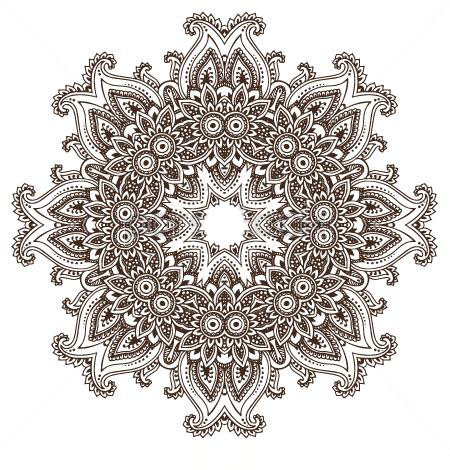
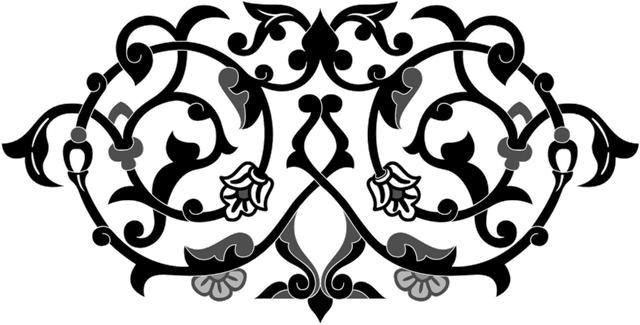



Choose blindless
Red blindless Green blindless Blue blindless Red hard to see Green hard to see Blue hard to see Monochrome Special MonochromeFont size change:
Change word spacing:
Change line height:
Change mouse type:

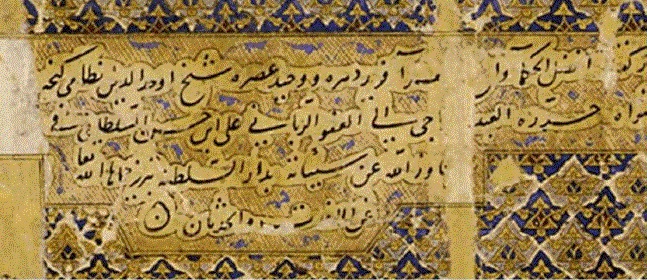
(7)_1_1.jpg)


